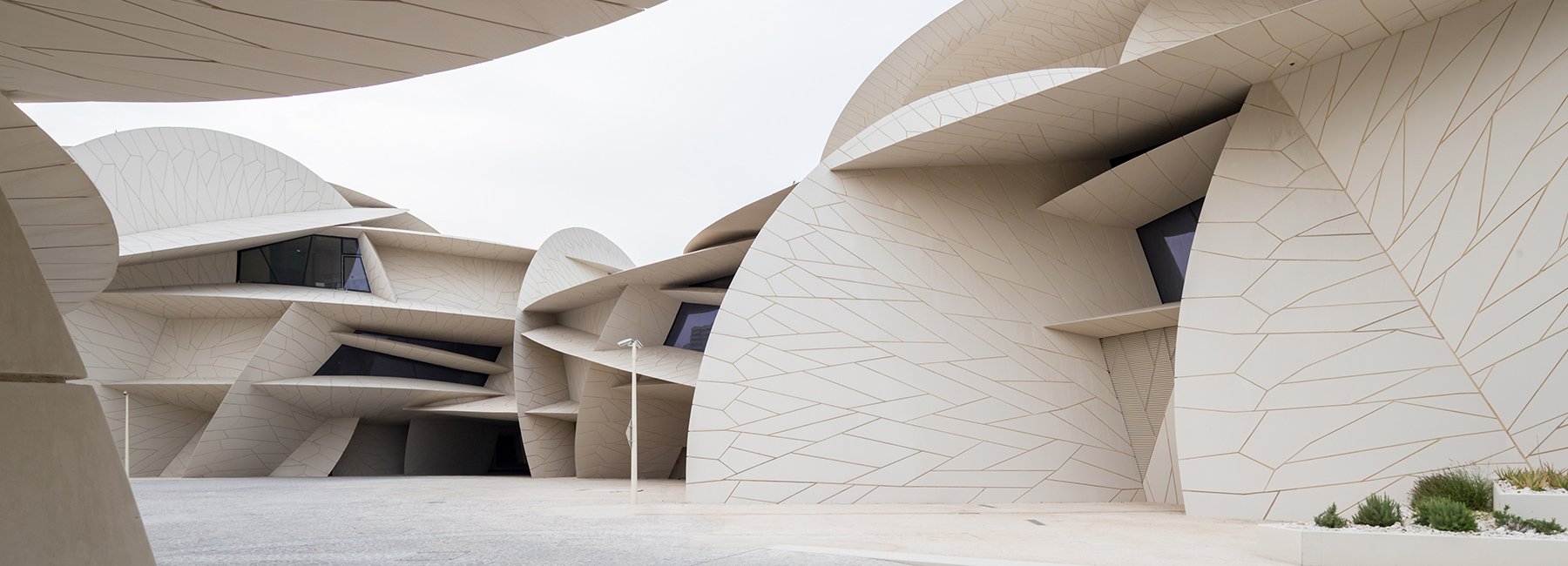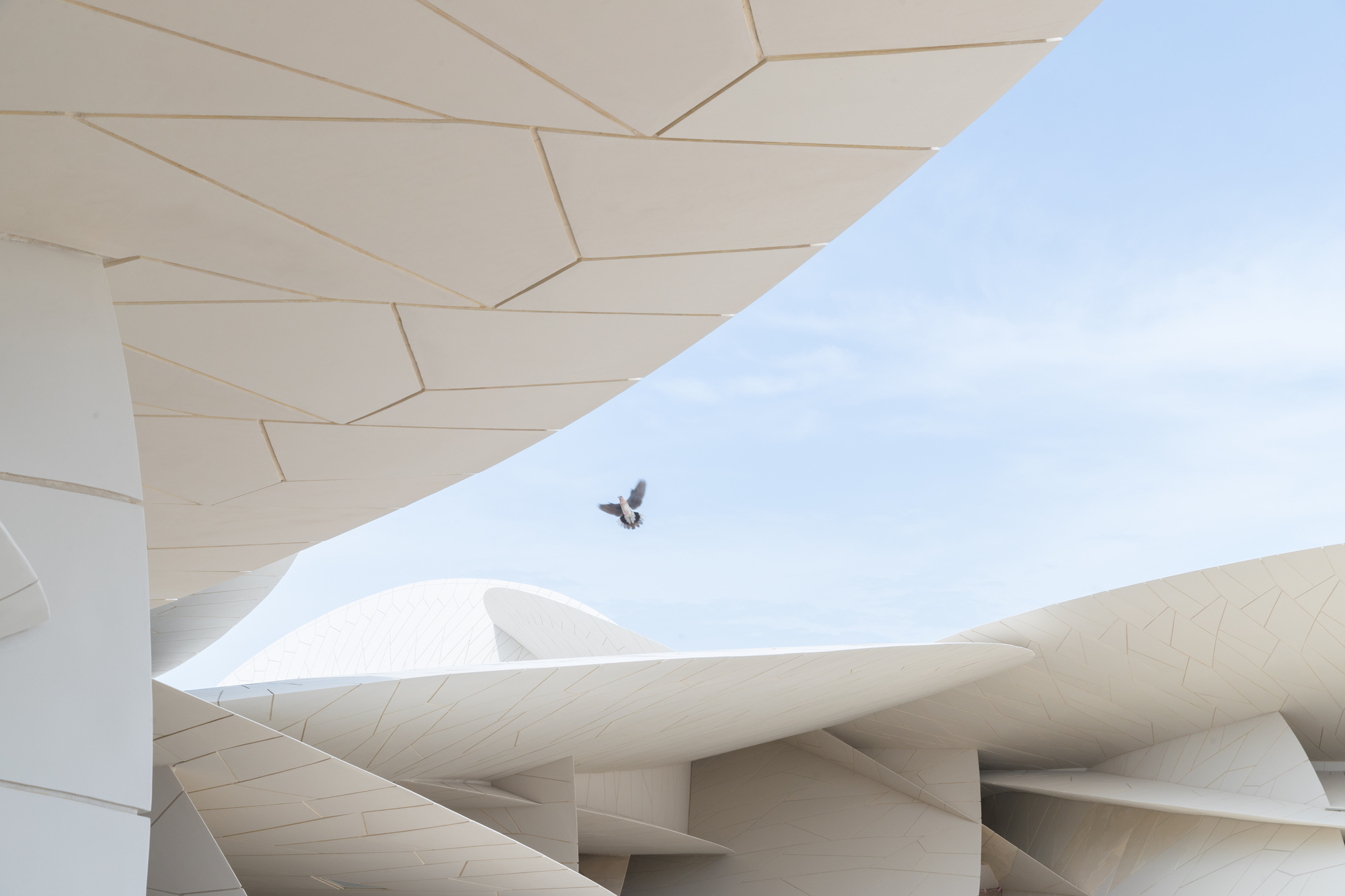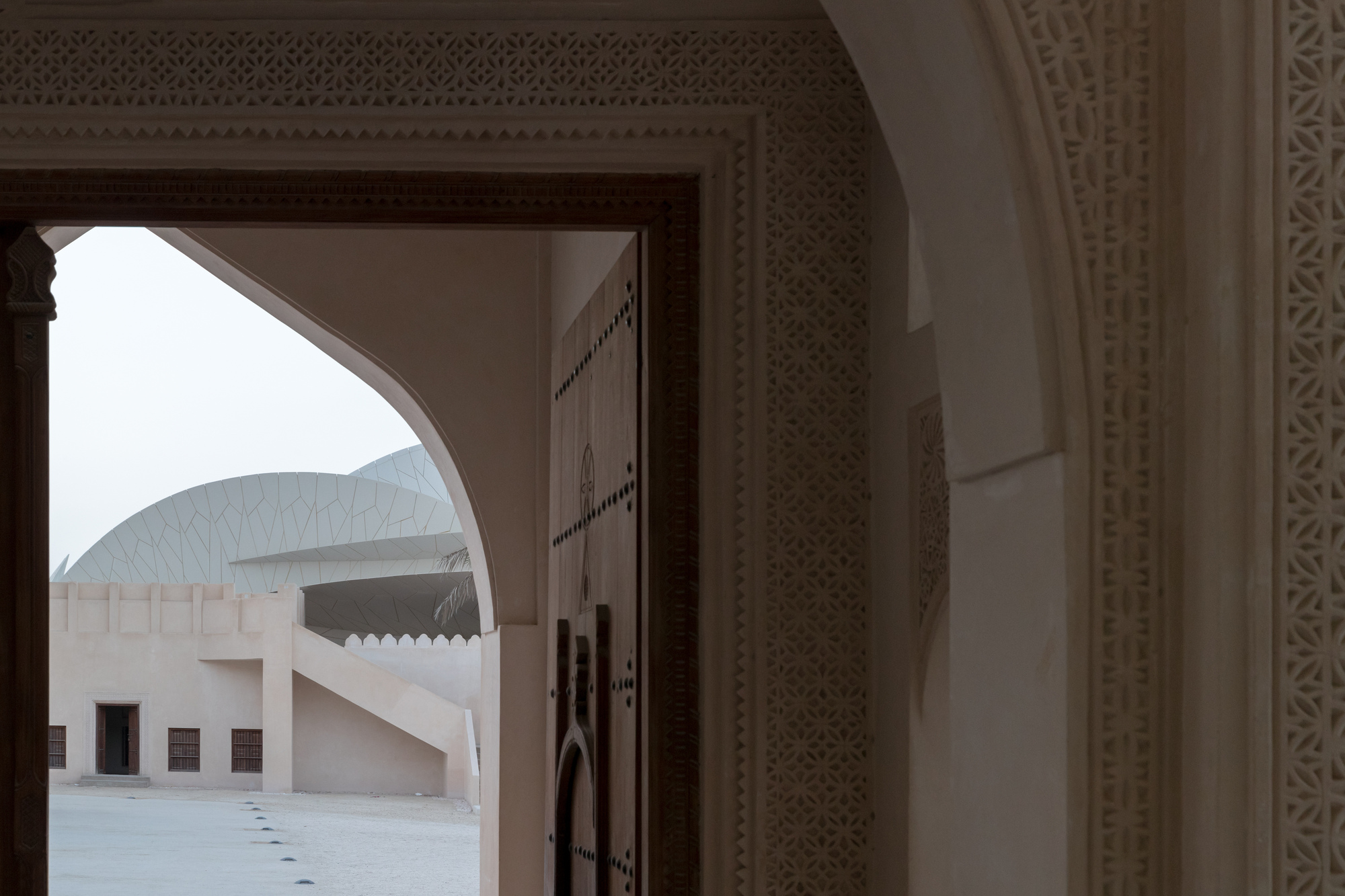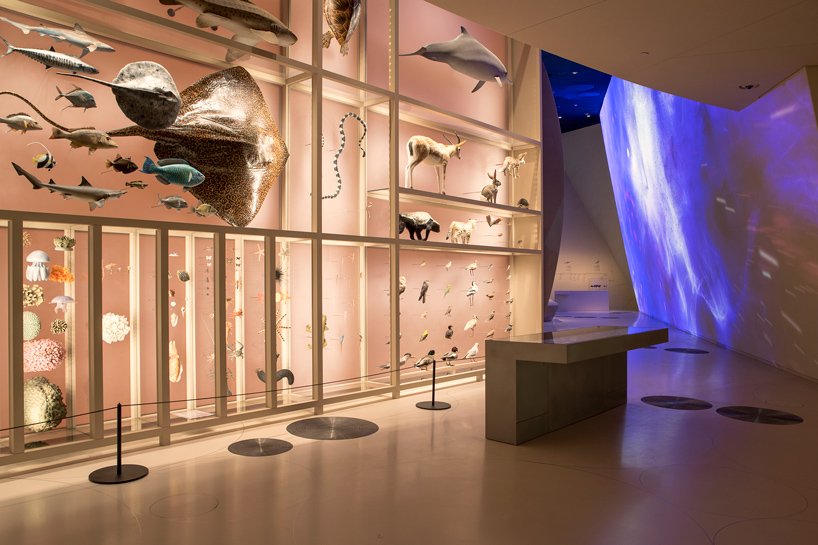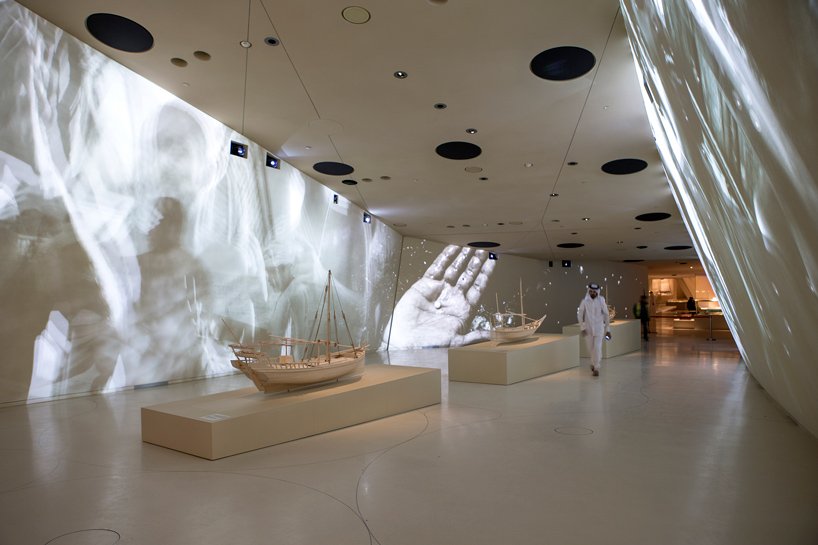It’s been delayed by more than two years, but the new National Museum of Qatar finally opened on March 28 and it is another stunning new architectural highlight along Doha’s already spectacular waterfront. The museum opens to the public after it took 18 years to build. The building is on a 1.5-kilometer (nearly 1 mile) circuit of galleries that ends at the restored historic palace, an early 20th-century structure that was one of the country’s original seats of government.
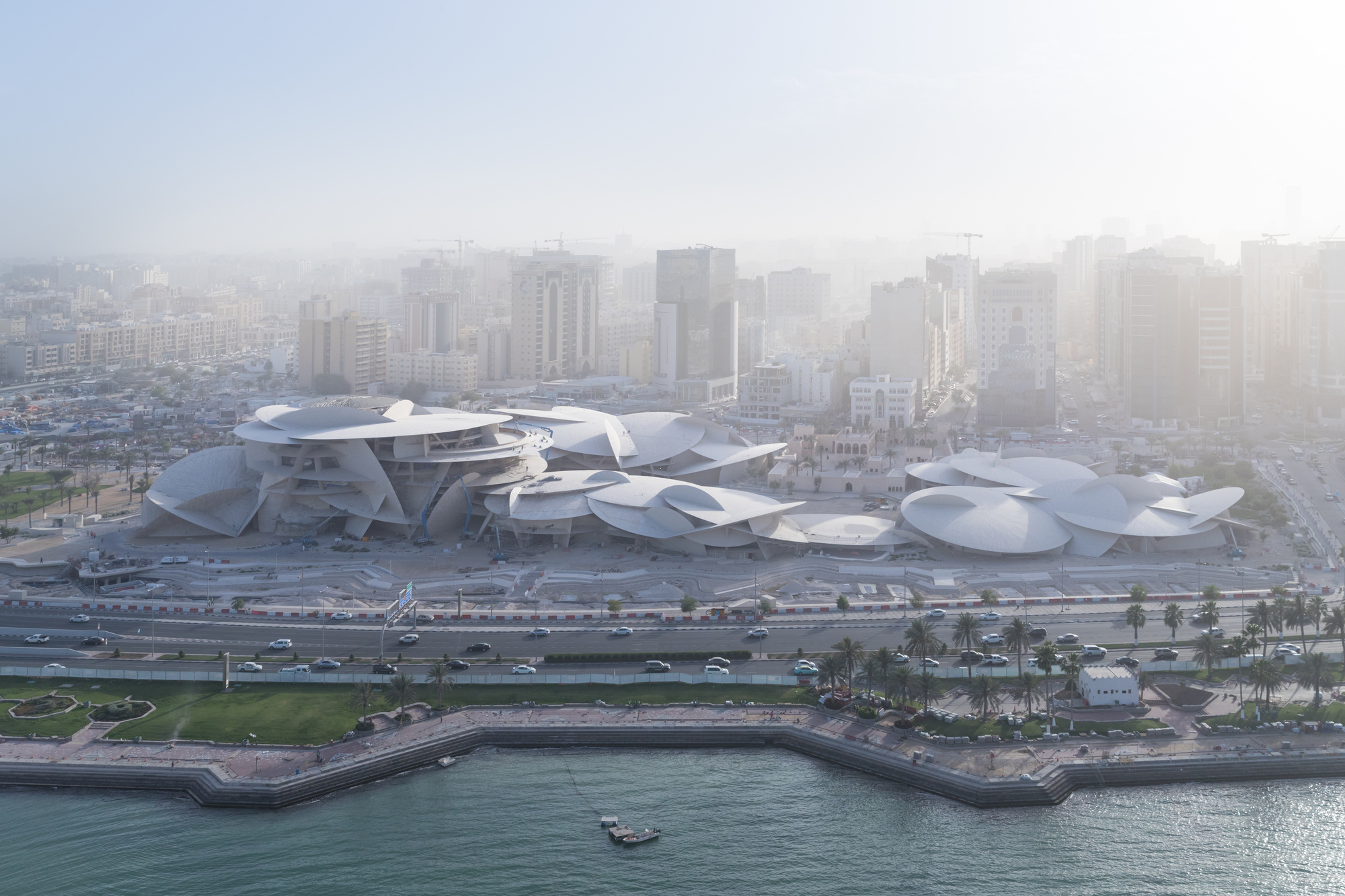
© Iwan Baan
The speed of the country’s development wasn’t lost on any of the project’s designers. The contrast between the new building and the historic palace is deliberate. The multifaceted structure resembling a giant desert rose sits across from the bustling Doha Corniche, the main waterfront promenade in the Qatari capital. The museum is designed as a free-form space, in a way that does not include doors, and is meant to offer visitors a fluid experience as they move through time, space and themes.
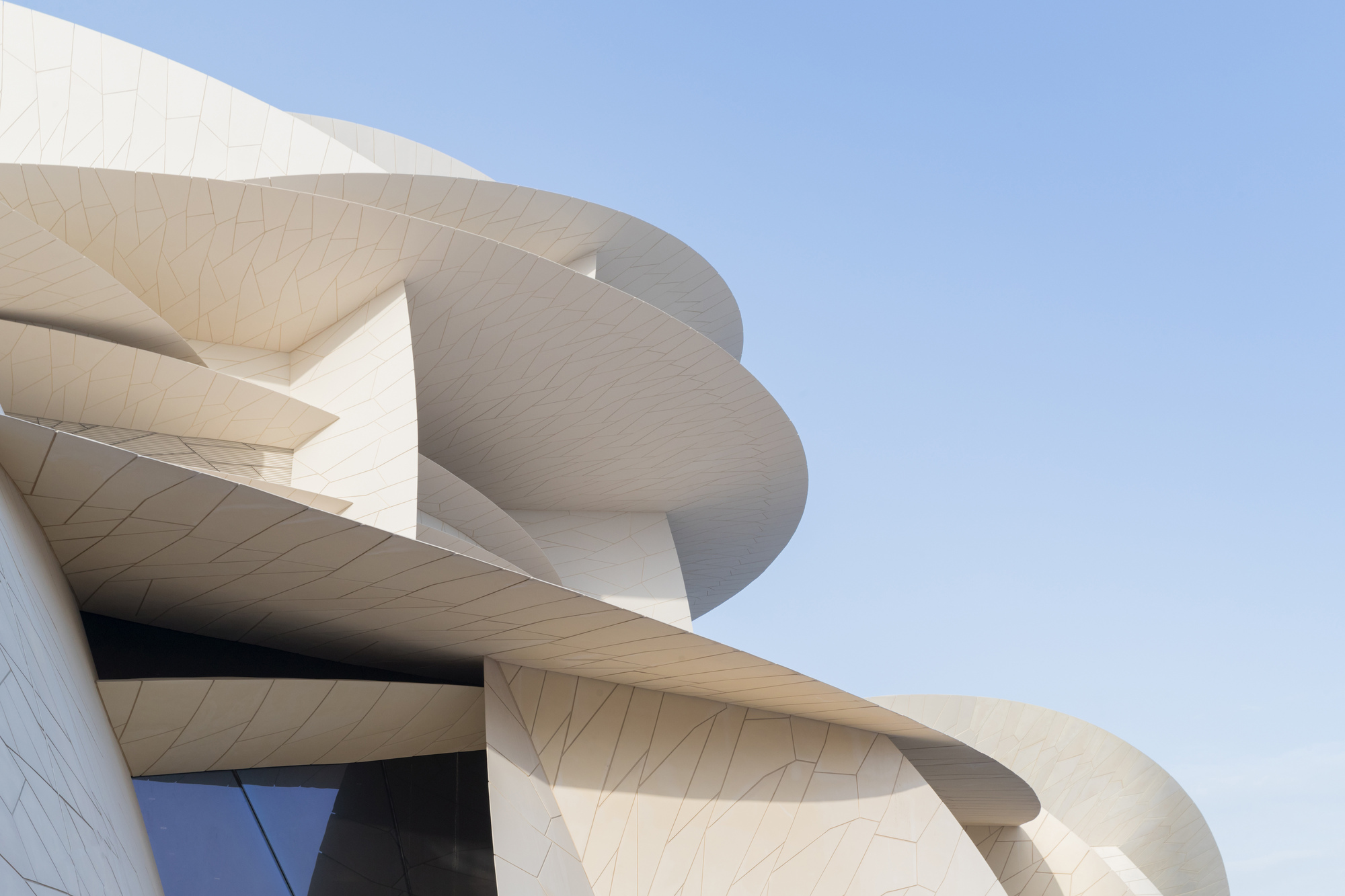
© Iwan Baan
The 52,000 square-meter building is created by a series of interlocking discs that create cavities to protect visitors from the desert heat. Located on a 1.5 million ft² site at the south end of Doha’s Corniche, the NMoQ building will rise from the sea and will be connected to the shore by two pedestrian bridges and a vehicular bridge. The museum had previously been slated to open more than two years ago, but the inauguration was delayed while the museum’s management team reviewed the accessibility of the building. The new National Museum of Qatar (NMoQ) features an innovative design by Pritzker Prize-winning architect Jean Nouvel that is inspired by the desert rose and grows organically around the original 20th-century palace of Sheikh Abdullah Bin Jassim Al Thani.
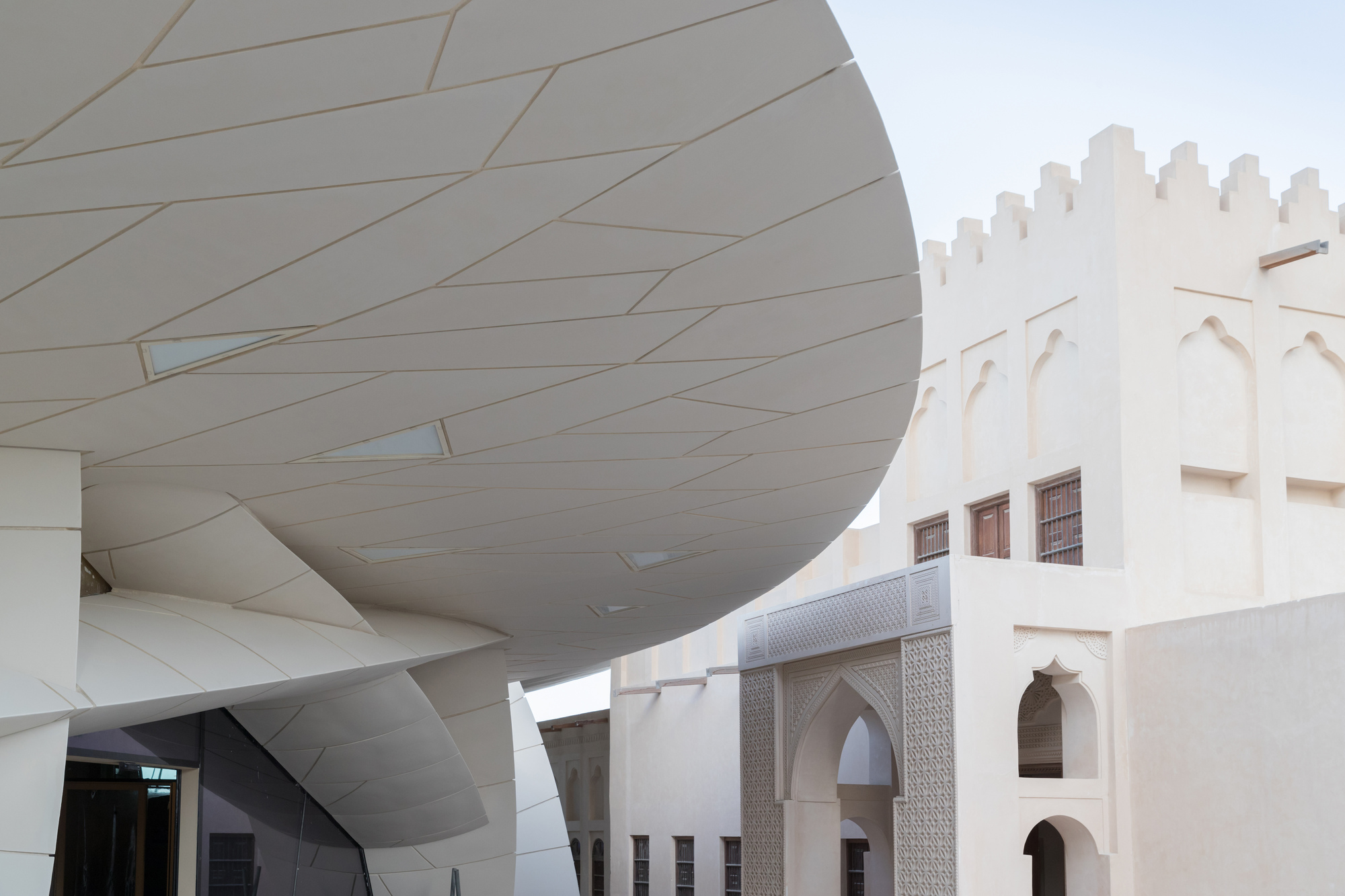
© Iwan Baan
The building itself is an incredible architectural achievement, with its roof made up of 76,000 panels fitted perfectly together in a sort of jigsaw of discs. The desert rose which inspired it is a natural phenomenon where crystal clusters form under the right arid, sandy conditions. Like a human fingerprint, each rose is unique. “The National Museum of Qatar is proof patent of how intense this energy is. Of course, it will be home to the traditional geological and archaeological artifacts; of course tents, saddles and dishes will bear witness to nomadic life; of course, there will be fishermen’s utensils, boats, and nets.” Nouvel said at a press briefing in Doha.
The desert rose which inspired it is a natural phenomenon where crystal clusters form under the right arid, sandy conditions. Like a human fingerprint, each rose is unique. Qatar might be known for its oil and natural gas but much like the desert rose, it too is finding its individual place in the world.
© Iwan Baan
image by danica o. kus
© Iwan Baan
© Iwan Baan
© Iwan Baan
© Iwan Baan
image by danica o. kus
image by danica o. kus


